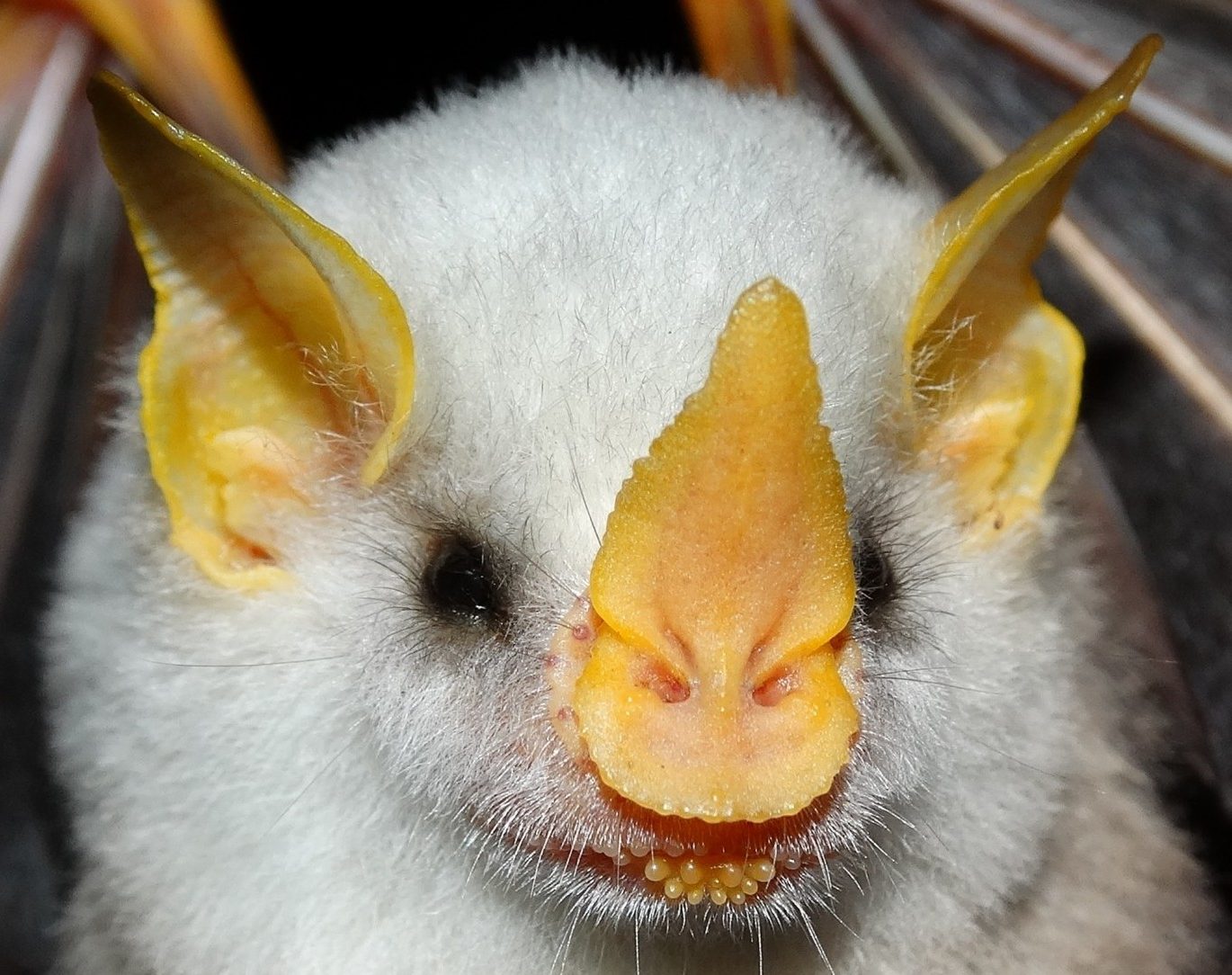
The evolution of morphological differences in the sensory system can open new ecological niches and allow resource partitioning in bats. Neotropical leaf-nosed bats (Phyllostomidae) are one of the most ecologically diverse groups of mammals. They have a wide range of diets, foraging strategies and extreme morphological variation in their sensory structures (i.e. nose leaves and ears).
To date, there have been few broad comparative analyses focusing on how morphological differences of the sensory system evolve, and how they functionally affect echolocation parameters in foraging bats. This is a significant knowledge gap because morphological differences can affect fitness via their effect on prey capture performance. We are using phyllostomids to address several important questions about sensory evolution, including, how does the morphological diversity of external sensory structures map onto ecological diversity? and, how does behavior modulate the performance of sensory structures? This research integrates experimental approaches on free-ranging bats with cutting-edge lab tools to image and model the 3D morphology of sensory structures.
